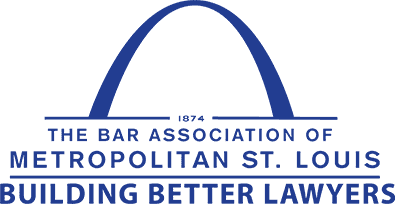
How Asbestos Causes Cancer
Workers Exposed to asbestos
Mesothelioma typically develops after people are exposed to asbestos in the workplace – in power plants, chemical and oil refineries, shipyards and aboard Navy ships, auto repair shops, construction sites, and schools. Workers who may have been grinding, cutting, ripping, sweeping, sanding or otherwise manipulating asbestos-containing materials released the nearly invisible, respirable asbestos fibers that they and others around them would then inhale. While many of these undetectable asbestos fibers would have been trapped by the body’s natural defense systems, hundreds of thousands and millions of fibers would have evaded those defenses and lodged deep in workers’ lungs.
FAMILIES EXPOSED TO ASBESTOS

Unfortunately, family members of workers in these workplaces are also at risk of developing mesothelioma. After a long day on the job, workers carried home fibers on their hair, skin and clothes and unknowingly created an increased risk of developing cancer for their family members. More worrisome, though, is that those asbestos fibers carried home on workers’ hair, skin and clothes then become nearly impossible to remove from the home environment. So, spouses and children that help with laundry and live in the same home as workers exposed to asbestos suffer their own repeated, on-going exposures to asbestos.
Family Matters.

-
"Thank you for calling just to check on me. You don’t know how much that means to me."- John L.
-
"At SWMW Law, people really do matter."- Lois M.
-
"My deepest gratitude to the attorneys and everyone who are working on my husband’s case for him."- Jeanne M.
NO SAFE LEVEL OF ASBESTOS EXPOSURE
Whether you were the worker directly handling asbestos with prolonged, heavy exposures or a family member of that worker laundering his or her clothes, every U.S. governmental safety or public health agency has concluded that there simply is no safe level of exposure to asbestos. So while long-term exposures to asbestos may result in greater risk, shorter-term, low-level, and massive one-time exposures are also known to increase the risk of developing mesothelioma or lung cancer.
YOU MAY NOT KNOW UNTIL IT’S TOO LATE
Unknowingly inhaling or swallowing these microscopic fibers causes severe damage as our bodies struggle to get rid of them. Over decades, the trapped fibers trigger biological changes in the tissue that can cause inflammation, scarring and genetic damage that sometimes leads to cancer. Asbestos fibers most often become trapped in either the inside of the lungs, called the parenchyma, or the lining of the lungs, called the pleura. They also can migrate through the lymphatic system to collect in the lining of the abdominal cavity (peritoneum) or heart (pericardium), and in very rare circumstances, the lining of the testicles. The lengthy gap between asbestos exposure and diagnosis, which can range from 20-50 years, is called the latency period. Unfortunately, your exposures to asbestos from long ago may have already determined your likelihood of developing mesothelioma or lung cancer.
If you have mesothelioma or lung cancer, call us at (855) 744-1922 or contact us online.


-
![]() Decades of Cumulative Experience
Our team is comprised of dozens of highly talented and experienced attorneys ready to fight for your best outcome.
Decades of Cumulative Experience
Our team is comprised of dozens of highly talented and experienced attorneys ready to fight for your best outcome. -
![]() Thousands of Clients Represented
Over the course of our firm's experience, we have helped thousands of victims and their families recover.
Thousands of Clients Represented
Over the course of our firm's experience, we have helped thousands of victims and their families recover. -
![]() National Reach
We come to you wherever you are in the United States to help you and your family recover.
National Reach
We come to you wherever you are in the United States to help you and your family recover. -
![]() Resources + Personal Attention
A senior partner of our firm will be involved in your case, utilizing a team approach with massive resources uniquely applied to your case.
Resources + Personal Attention
A senior partner of our firm will be involved in your case, utilizing a team approach with massive resources uniquely applied to your case.

Because Justice Matters.
Whether you have questions or you’re ready to get started, our legal team is ready to help. Complete our form below or call us at (855) 744-1922.








